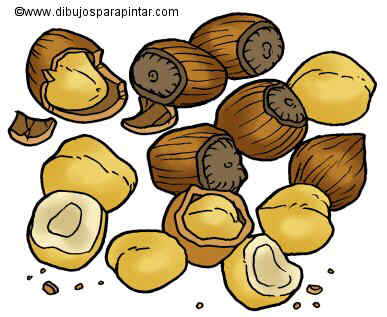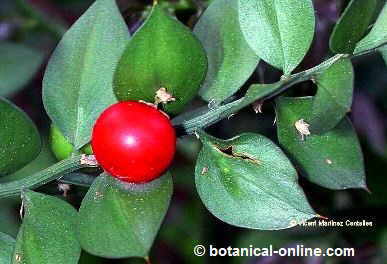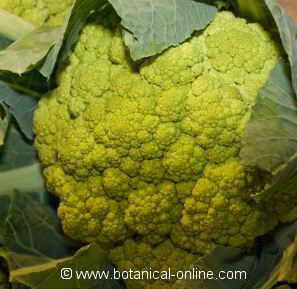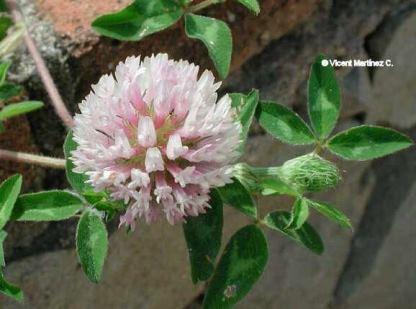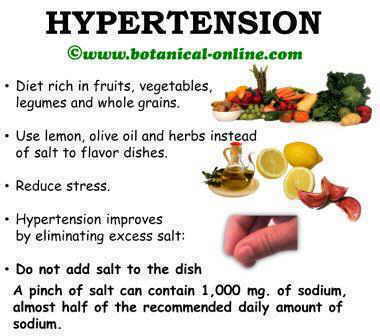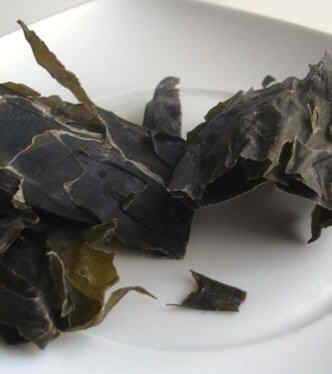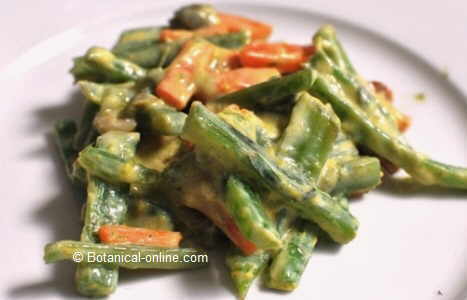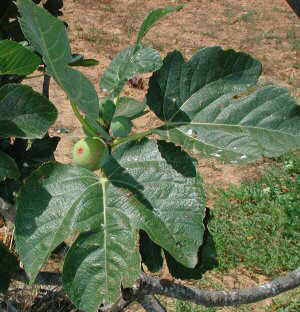Contents
- 1 Hazelnuts nutritional and medicinal benefits
- 1.1 What are hazelnuts?
- 1.2 What are the main nutrients of hazelnuts? Composition of hazelnuts
- 1.3 Minerals in hazelnuts
- 1.4 Vitamins in hazelnuts
- 1.5 Nutritional characteristics of hazelnuts
- 1.6 MEDICINAL PROPERTIES OF HAZELNUTS
- 1.7 What are hazelnuts useful for?
- 1.8 Hazelnuts contain a lot of vitamin E
- 1.9 Hazelnut, a very caloric oily fruit for cardiovacular diseases
- 1.10 Hazelnuts to keep bones healthy
- 1.11 Hazelnuts for pregnant women
- 1.12 Hazelnuts to regulate blood sugar levels
- 1.13 Hazelnuts to become wise
- 1.14 Peculiar traditional uses of hazelnut tree
Hazelnuts nutritional and medicinal benefits
What are hazelnuts?
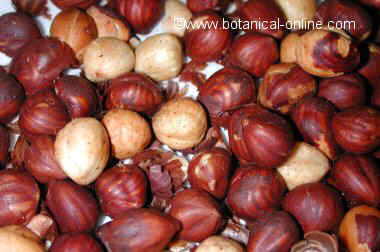
Photo of roasted unshelled hazelnuts
Hazelnuts are the fruits of common hazel (Corylus avellana). They are included within the nuts.
They consist of an oval hard shell. In its interior, there is the edible nut.
This fruit, in its natural state, is slightly whitish brown, but if, it’s fried or roasted, it shows a more intense brown color.
They have an intense flavor, and a crunchy and pasty texture.
What are the main nutrients of hazelnuts? Composition of hazelnuts
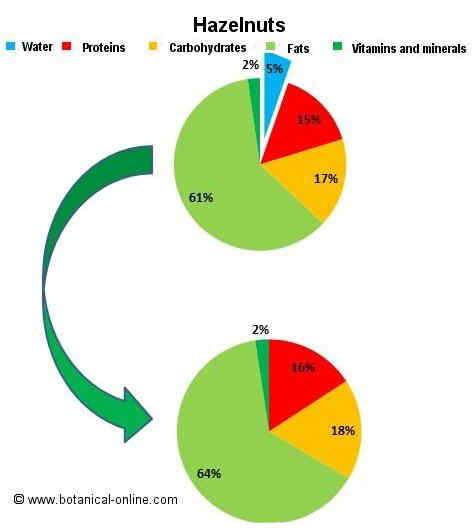
As an energy source, 100 grams of hazelnuts give us 628 calories.
Their proportion of nutrients is divided into:
- More than 5% is water.
- More than 60% is fat.
- Over 15%, proteins.
- Close to 17%, carbohydrates.
- Almost 10%, fiber.
Minerals in hazelnuts
Hazelnuts are rich in potassium, phosphorus, magnesium, manganese, but they also contain calcium and iron.
Vitamins in hazelnuts
Hazelnuts are rich in vitamin E, but they also provide us with vitamin A, vitamin C and B vitamins, such as vitamin B1 and vitamin B2.
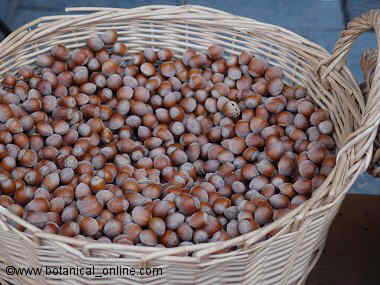
Photo of dry shelled hazelnuts
Nutritional characteristics of hazelnuts
- They have a very low water content, since they are dried fruits.
- They give us a lot of energy in the form of calories, which help us maintain our vitality. Although we do not generally consume 100 grams of dried fruit, but the portions are about 20 grams.
- They contain a lot of fat, with unsaturated high quality and very beneficial to health.
- They have a significant content in protein.
- They are high in carbohydrates, especially starches.
- They contain a lot of fiber.

Drawings of hazelnuts (More food drawings)
- They help to remove toxins from our body, because of their potassium.
- They help keep the proper brain functions, because they contains phosphorus. In addition, together with calcium, they can keep the balance of the formation of strong bones.
- Because of their magnesium content, they are needed for the contraction and relaxation of muscles.
- Their manganese content helps us keep in proper state our brain function and they protect us from respiratory infections.
- For its vitamin B1 and B2, they aid to get energy, proteins and carbohydrates, and maintain our defenses.
- They protect us from toxins and aging, because they are high in vitamin E, vitamin A and vitamin C.
MEDICINAL PROPERTIES OF HAZELNUTS
What are hazelnuts useful for?
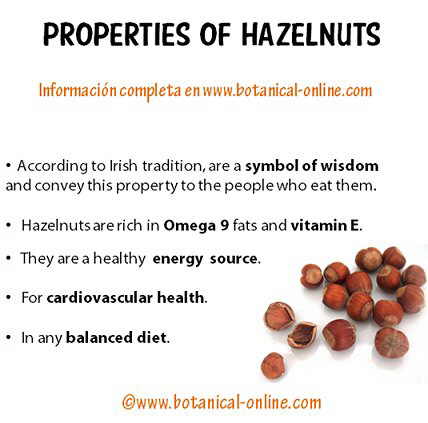
Main curative properties of hazelnuts
Hazelnuts contain a lot of vitamin E
Hazelnuts are rich in vitamin E, which is an antioxidant which prevents aging and seeks a satisfactory condition of the skin.
Hazelnut, a very caloric oily fruit for cardiovacular diseases
Hazelnut fat content is high, as most nuts, having a very high caloric power. Very useful for those who need an extra of energy, specially in those cold days of winter or when doing hard work.
Among the fats content of this fruit, we must underline its richness in oleic acid, (Omega 9) so, unlike that fat supplied by most of the foods of animal origin, they are unsaturated fats, very suitable for lowering the level of cholesterol.
Omega 9 is very important for cardiovascular health
Hazelnuts to keep bones healthy
Hezelnuts are very rich in minerals, especially magnesium, manganese, potassium and calcium, for optimal conservation of our bones
Hazelnuts for pregnant women
This fruit also contains a lot of folate, an element that prevents malformations in fetuses and the lack of which leads to intestinal disorders or prematurely gray hair.
Hazelnuts to regulate blood sugar levels
Hazelnuts are very rich in manganese, a mineral that acts on insulin, making it more profitable for our body. In this way eating this fruit, can help us to regulate our sugar levels.
Hazelnuts to become wise
Hazelnuts, according to Irish tradition, became a symbol of wisdom. They believe that it conveyed this property to people who eat them.
Probably, its high wealth in phosphorus can justify part of this legend.
Peculiar traditional uses of hazelnut tree
Water or metal seekers often used a branch of this tree so that guide them in their search.
The parasitic mistletoe that grows on the branches of hazel is considered that protects against the arts of witchcraft.
| Composition of hazelnuts compared with other winter fruits by each 100 gr. | ||||
| Oranges | Quinces | Dry figs | Hazelnuts | |
| Water | 86.7 gr. | 83 ‘ 8 gr. | 30,05gr | 5,31gr |
| Calories | 47 | 57 | 249 kcal | 628 gr. |
| Fat | 0.94 gr. | 0.4 gr. | 0,93 gr. | 14.95 gr. |
| Protein | 11,75 | 15.4 gr. | 3.30 gr. | 16.70 gr. |
| Carbohydrates | 0, 12gr | 0.1 gr. | 63.87 gr. | 60.75 gr. |
| Fiber | 2,4 | 1.9 gr. | 9.8 gr. | 9.7 gr. |
| Calcium | 40 mg | 11 mg | 162 mg | 114 mg |
| Potassium | 181 mg | 197 mg | 680 mg | 680 mg |
| Iron | 0,10 | 0.7 mg | 2.03 mg | 4.7 mg |
| Magnesium | 10 mg | 68 mg | 163 mg | |
| Manganese | 6.175 mg | |||
| Phosphorus | 11 mg | 17 mg | 67 mg | 290 mg |
| Sodium | 0 | 4 mg | 10 mg | 0 mg |
| Vitamin A | 205 | 40 UI | 10 IU | 40 IU |
| VitaminB1 (Thiamin) | 0,0 87mg | 0.02 mg | 0.085 mg | 0.643 mg |
| Vitamin B2 (Riboflavin) | 0.040 mg | 0.03 mg | 0.082mgs | 0.113 mg |
| Vitamin C | 53.2 mg | 15 – 20 mg | 1.2 mg | 6.3 mg |
| Vitamin E | 0,35 mg | 15.8 mg | ||
| Fruits of winter 1 | Fruits of winter 2 | Fruits of winter 3 |
![]() More information on hazelnuts and other fruits.
More information on hazelnuts and other fruits.

